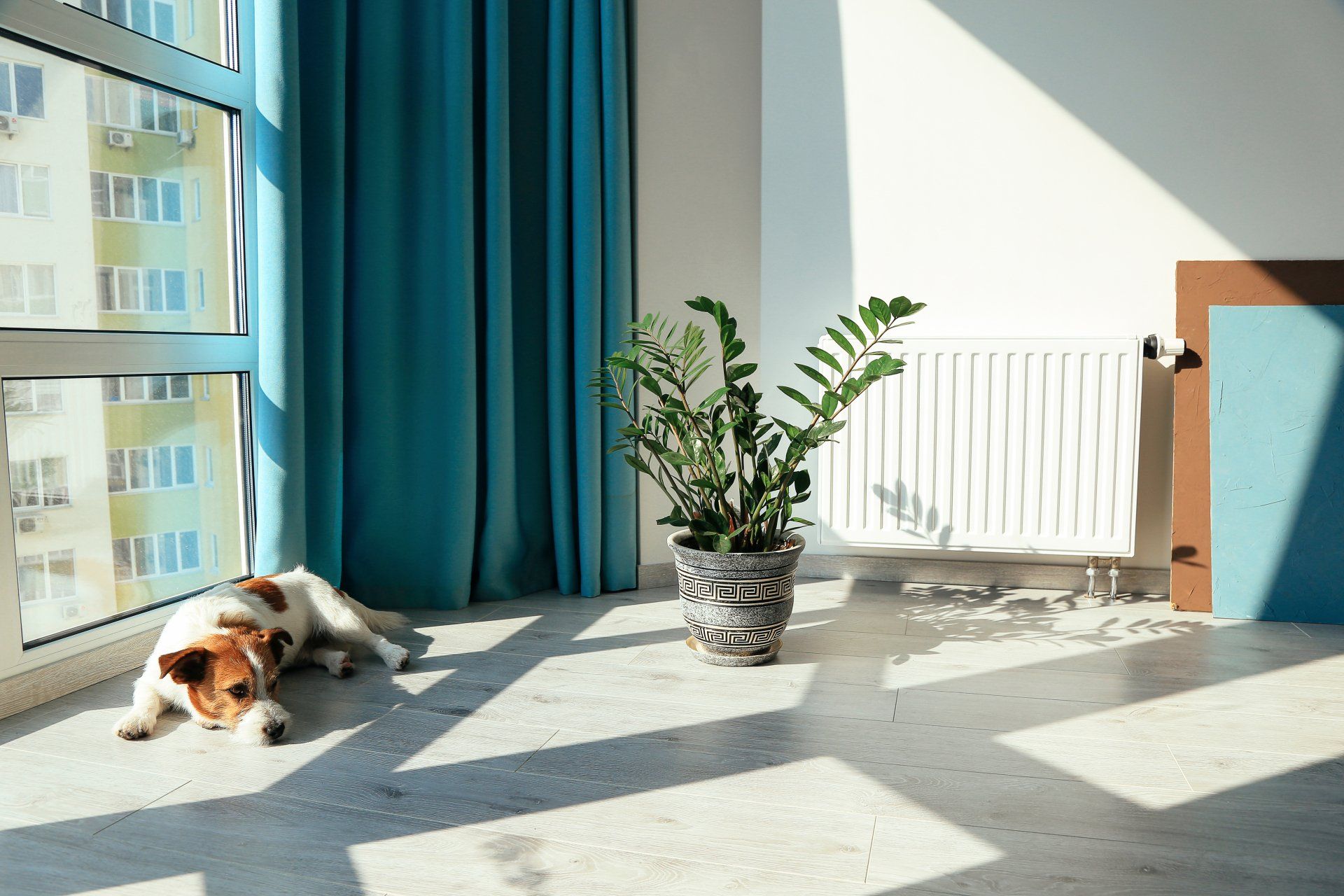What to Consider When Allowing Pets in Your Rental

Pets Can Be A Great Addition To Your Long Beach Rental
If you are willing to allow pets in your Long Beach rental property, this can unlock a new market of tenants you may not have previously taken into account. As tenants looking for a rental that allows pets are becoming common. Pets can encourage renters to occupy your property longer as it can be difficult to find pet friendly rentals. With this in mind there are some things you may consider before making the decision and below we’ll discuss common questions you may have about allowing pets in your rental.
Impact on your Insurance
Though we are not insurance agents it is likely that your insurance could be impacted by the types of animals you are willing to reside within your property. For example many insurance companies have differing policies when it comes to the size and breed of dogs. Depending on these factors there may be an impact on your insurance policy.
Some animals such as goldfish as well as service dogs shouldn't have an effect on your insurance. Dog breeds such as chihuahuas and pugs have a low impact on insurance because of their size, whereas chow chow, American pit bull terrier and akita are usually not covered by insurances due to being considered higher- risk. If the animal is an outdoor pet it will likely have an adverse effect on insurance unless
properly fenced. Finally the history of the animal can be cause for concern especially if it has lashed out and bitten someone in the past.
Increased Wear and Damage to Property
Pets can do serious damage to your rental property, but keeping long term tenants may be worth the investment. Some of the more common wear to your rental would be carpets, window screen, wall and door scratches, mainly exit doors and bedroom doors. With carpets taking the worst damage because some pets scratch, chew and even soil it. A recommendation to avoid this is replacing carpet with tile or hardwood flooring as these are more durable when dealing with pets compared to a carpet. Though these costs can be mitigated by implementing a pet security deposit.
Pet Deposit or Monthly Pet Fee
As mentioned above, allowing pets is a great way to keep your tenants long term. It is true that pets are part of the family but it goes without saying that pets also can cause property damage. Be sure to communicate to your applicant that if they want to bring a pet with them, then there is an added fee to the security deposit. Let them know that the extra security deposit is to cover any potential damage their pet might cause to the property, as well as any cleaning that would need to take place due to the pet’s odors.
In some cases, in lieu of a pet deposit there is a monthly pet fee. This fee can range from $25-$100 a month and can vary in price based on the type of animal (i.e. usually cats are cheaper than dogs) and number of pets. If you are considering a monthly fee, connect with your potential
property management company to determine if a one-time pet deposit or a monthly pet fee is best for your property.
Screening the Pet
We screen all of our property applicants and pets are no different. With the increase of tenants with pets, our objective is to determine which pets are safe for both the tenant and the property. You can read more about how we screen applicants' pets in our previous post Managing the Property and the Pet where the pet gets a FIDO score after the applicant answers a series of questions relating to the pet. By giving the applicant’s pet its own ranking we can increase the likelihood of having your rental occupied by responsible pet owners, and well behaved pets.
Allowing pets in your Beach Rental Property can be challenging to new landlords, but also rewarding as having happy, long term tenants can provide consistent income with fewer unit turnover expenses. Call us today at (562) 888-0247 or fill out our
property evaluation form to find out more about how we can help with your property.





